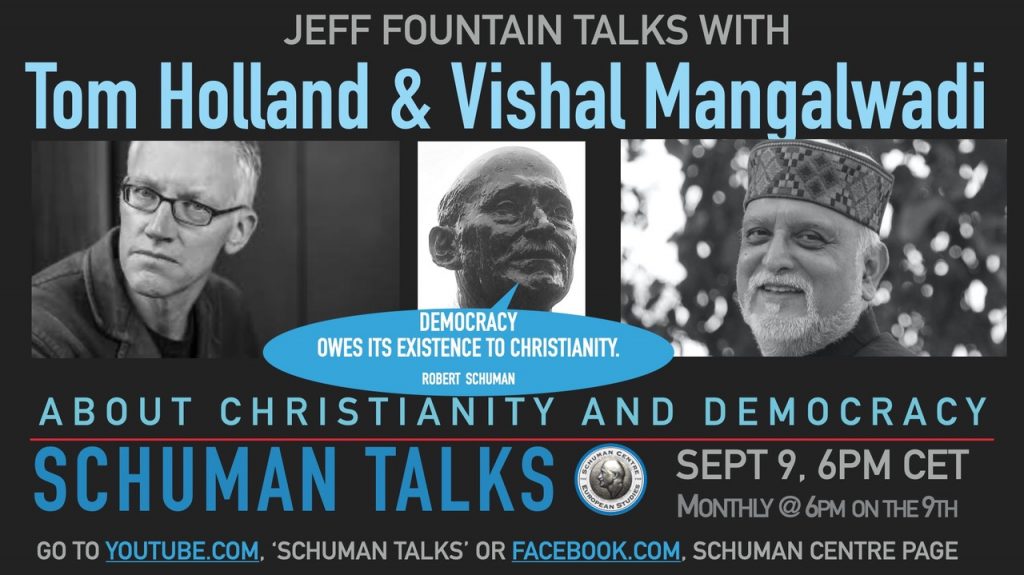
Empty Church?
COVID-19 may be a necessary slap in the face to re-awaken the church to her mission and calling. Rather than the death-blow to an already-ailing institution, church leaders from around the world engaged in developing online congregations see more opportunity than threat in the current pandemic.
Researcher in digital religion, Heidi Campbell, created a network for global dialogue among practitioners on various continents and compiled thirty of their essays in an e-publication entitled ‘The Distanced Church’, with a cover graphic announcing: ‘The church isn’t empty. The church has been deployed.’
Yesterday, the first Sunday of the new church year in the Netherlands, television news reported that many churches failed to attract the maximum permitted worshippers under COVID-19 rules – already greatly reduced from normal capacity seating. The question implied was: would this already-ailing institution ever recover from lockdown?
Reasons suggested included fear of infection for older church-goers; resistance to reserving places beforehand; and a preference to follow services online from the comfort of home.
Church leaders hoping for a return to ‘normalcy’, when old and tried methods of doing church can be restored, have reason to be anxious. Building-centred concepts of church may never recover from low attendance, and thus low collections, compounded by pandemic-related recession.
Questions needing to be faced concern the future and nature of church: Is it a building-centred club or a relational movement? Do we practice church-shaped mission or mission-shaped church? Do we offer a spectator-sport or a discipleship movement?
Disembodied?
Campbell called her compilation The Distanced Church: Reflections on Doing Church Online, to reflect the concept of ‘social distancing’, or perhaps the more accurate and appropriate term ‘physical distancing’. As the church is a concept built on ‘a people gathered’, the Body of Christ, embodied incarnation, a social institution where people engage, support, and care for one another, church leaders need to find alternatives to physical gatherings and spaces.
She argues that, while some view online church as a disembodied entity, it is nevertheless based on social interaction and relational desires. In The Distanced Church, people are physically separated from one another but still spiritually interconnected, and need some forms of technologically facilitated social interaction.
For example, Stephen Garner, contributing from New Zealand, identified common elements from online congregations around the world involved creating weekly rhythms, with regular online morning and evening prayers, musical worship (streamed or interactive) throughout the week, daily activities for children, regular ‘Sabbath’ breaks from news and digital media, intentionally eating meals together as a household, prayer and contemplation connections, assistance for working from home, shared Bible reading, encouraging responsible contact with neighbours, and recruiting for all manner of community support.
Spiritual hunger
“While not forming the kinds of rhythms that a monastic rule might have, the presence of these regular rhythms can provide much-needed stability and comfort in a world of confusion and anxiety’, wrote Garner.
David Silverkors, of the Church of Sweden, shared four lessons he had learned during the pandemic. One, the need to be church online. Two, the reality of spiritual community online; even when we don’t know each other, being together in the same digital room and praying together is of no less value than other forms of praying together. Three, the value of historical spiritual practices, such as communion together, may need creative expression but can emphasise fresh appreciation for spiritual communion together. And four, the need to do the theological work of translating church to the online context, reminding us of why we do what we do.
Campbell explains that her research since the 1990’s into online religious communities summarised in her book, Exploring Religious Community Online, identified six traits to be considered by those wanting to create ‘online church’: people are seeking relationship, care, value, connection, intimate communication and fellowship.
According to a Durham University research team, spiritual hunger has increased rather than diminished by the pandemic, and concluded that many, young and old, are keen to engage online. The team’s report released two weeks ago discovered that London was the UK’s capital of faith; that a quarter of the UK’s population engaged in online worship during the lockdown; and that half of those aged 18-34 said they engaged in online-faith-related activity, including prayer and worship. ‘Religious bodies’, the report concludes, ‘should take seriously the move to online expressions of religion during the pandemic crisis.’
Further resources to help church and mission leaders through this era of transition can be found at: www.christiantrendwatcher.com.
p.s. Don’t miss this lively conversation with Tom and Vishal on Wednesday! (Yes, you can always watch it later too.)

Jeff Fountain
Director Schuman Centre

This Post Has 0 Comments